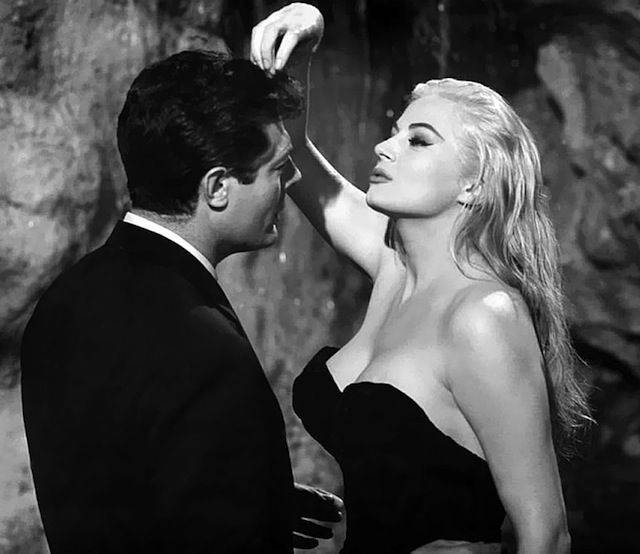Memories of Rome, Bitter and Sweet
The word “nostalgia” has bittersweet overtones, according to the dictionary. Applied to my thirty-nine years of Roman life, first in Trastevere and then on Via del Corso, indeed it does, but not always. There is no nostalgia for the somber colors of Rome in the Sixties, when buildings were almost universally painted a dismal barn red.
It was a welcome step forward when city architects persuaded condominiums to lighten up, bringing us the fine pastel hues of today’s city. These lighter colors, which hark back to early l9th century Rome, give visibility to the elegant decorations that adorn almost every building surface.
It takes time to learn to see all these fine decorations. For literally decades I walked straight past the windows of Palazzo Montecitorio, oblivious to the faux rocks that burst forth unexpectedly from the stone frames of the windows lining its sides. Bernini, who in 1653 designed the building (now home to the Chamber of Deputies branch of Parliament), had the fake rocks sculpted into these window frames to symbolize the force of nature.
On the other hand, it would be hard not to have nostalgia for Sunday morning walks down Via del Corso. Between Piazza del Popolo and Piazza Venezia politicians of every stripe, from Communist to Christian Democrat and neo-Fascists, were on the hoof to buy the morning newspapers. Each carried a thick packet underarm, and most were willing to stop to chat a moment about the news. Although fistfights sometimes took place in Montecitorio, almost all were driven by a moral view of politics. They were willing to compromise or at least to be civil with each other; the devastation of World War II was still fresh in memory. Alas, the past has not bequeathed that constant awareness of a shared destiny.
Recalling the ferment of the great artists of the past brings real nostalgia. In a boutique near Via Veneto, “La Callas” shopped between performances. Eduardo De Filippo was writing and performing in Roman theaters. At the Cinecittà studios Luchino Visconti and Federico Fellini were writing the history of cinematography; one could also spot the latter sometimes on the train to the studios.
I interviewed Fellini’s wife, actress Giulietta Masina, in their home off Piazza del Popolo and, at Cinecittà, a charming Carla Fracci and delightful Peter Ustinov. It isn’t over, fortunately. The film that has everyone excited these days, worldwide, is director Paolo Sorrentino’s elegant, sardonic La Grande Bellezza (2013), starring Toni Servillo. As critic Robbie Collin wrote in the London Daily Telegraph , it records the Berlusconi era in Rome in the same way that Rossellini had recorded the Nazi occupation of 1944 and Fellini, the hedonism of the Fifties in La Dolce Vita. Its recent Oscar nomination is well deserved.


































i-Italy
Facebook
Google+
This work may not be reproduced, in whole or in part, without prior written permission.
Questo lavoro non può essere riprodotto, in tutto o in parte, senza permesso scritto.